Location of the Aegean Seas
The Aegean Sea is a body of water located on the Aegean tectonic plate. It is associated primarily with Greece, although Turkey also has access to its waters
and has been in dispute with it for over
a century over the raw materials found in this reservoir; To avoid disputes,
it is often divided into three other, smaller seas: Thracian, Cretan and Myrtian.
On a global scale, the Aegean Sea is not
a large sea – its area is only 191,000 square kilometers. It is also a rather shallow reservoir – its average depth is only 377 meters, its deepest point is at a depth of 2,529 meters. It is connected to the Sea of Marmara and the Black Sea by the Dardanelles Strait; The Corinth Canal connects it to the Ionian Sea.
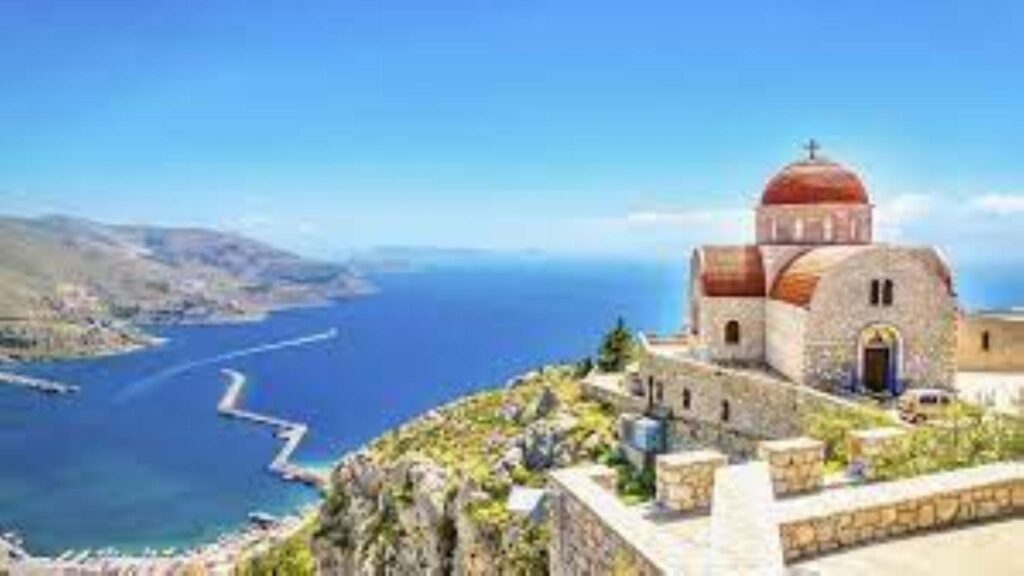
Salinity and temperatures
The average salinity of the Aegean Sea varies depending on the area taken into account when measuring and is between 33 and 39 per mille.
Surface water temperatures depend primarily on the prevailing temperature
at a given moment of the year – in winter they range between 11 and 16 degrees Celsius, and in summer – 22 and 25.
Shoreline
The coastline of the Aegean Sea is very diverse, and there are many islands, such as Lesbos, Samothrace, Crete, Rhodes and Limnos; numerous islands form equally numerous archipelagos – including the Dodecanese, the Cyclades and the Northern Sporades. Many of the islands are popular tourist destinations.
The structure of the bottom of the Aegean Sea
The bottom of this reservoir is also very diverse – there are both pools and ditches. The most famous the latter include the Cretan Trench and the Anatolian Trench. In addition, in the Aegean Sea there are two active volcanoes – Kejmeni and Nisiros. They are fed by numerous rivers, the most famous of which are Maritsa, Mesta and Vardar.
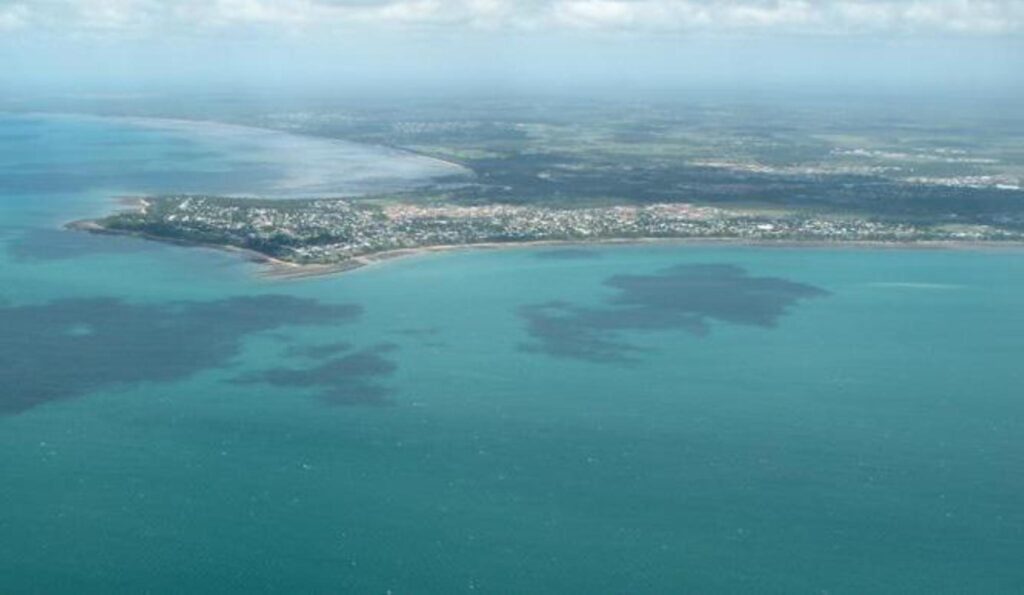
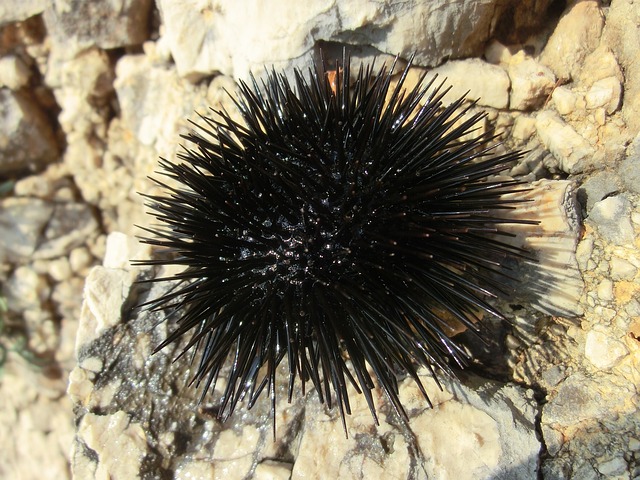
Fauna and flora of the Aegean Sea
The Aegean Sea is characterized by high biodiversity despite its small size. There we will find numerous species of crustaceans and molluscs, as well as numerous species of cetaceans such as
such as sperm whales, porpoises and whales.
The eyes of tourists will certainly be pleased by the dolphins they like so much.
On the other hand, they should watch out for sea urchins and jellyfish.
Algae are of great importance in this sea as most of the marine flora is found there. We can also find sponges, anemones and mice here.
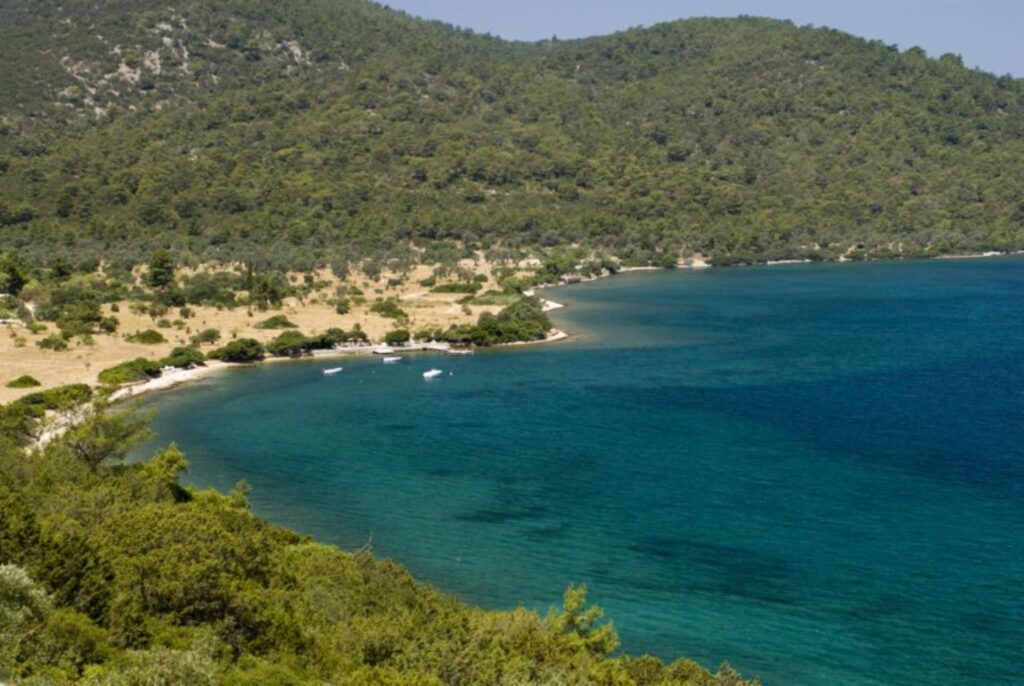
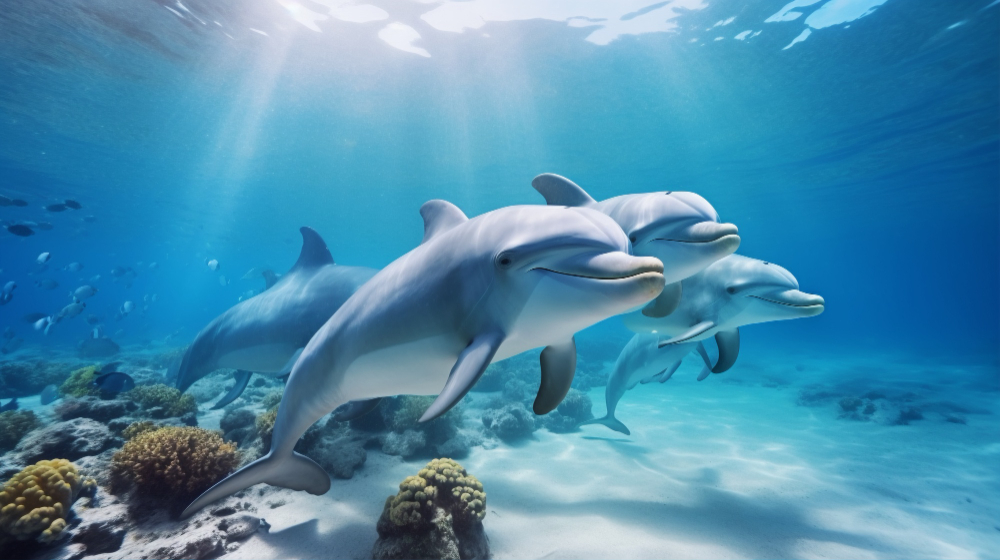
Made by Waldemar Leszczyński
Sprawdź również wersję polska artykułu–>